All wonderful responses, however let me add a bit to the mix. Yes, all fisheyes - by their very nature (or more accurately, their optical projections) produce exaggerated distortions. What differs is how and to what extent do they exaggerated the distortion. Let's take one lens - the DA 10-17, primarily because its a zoom. At 10 mm - its view is very distorted - however, when zoomed to 17mm its view becomes quite complacent. I did a comparison a while back....
Depending on the scene (its perspective) and what is in the scene, a fisheye can have a much more normal "look" than a rectilinear lens. This is especially true if the objects in the scene are natural - hills, bushes, etc. as opposed to a lot of rectangular buildings. You eye will quickly detect what does not look normal - regardless of the lens that is used. If something is out of proportion or curved or in-appropriately stretched or whatever - you will immediately see it.
Also, there is the case that I'll refer to as a un-intended mismatch. Take the Zenitar 16mm fisheye, its a full frame fisheye. However, when you mount it on a APS-C crop sensor camera body, you are only using the center of the lens, and effectively not able to record the extreme edges/corners of the lens' fisheye projection on the sensor (since the sensor is small than intended). This lens (with the body), does not really feel that "fishey".
Also, there is not just one - as in a single fisheye projection. There are nearly an endless variety of projections that can be used. Its the lens designer who selects the projection and the properties of the projection that is used. So, you can take two different fisheye lenses of the same focal length, and their "view" of the world can be completely different. You may like one, and hate the other. Let's again take the DA 10-17 at 10mm and the new Samsung 10mm (which is just becoming available). They will each have the same focal length, but I suspect that their projections will be different - to what extent, I don't know. It will be interesting to see a side by side comparison. Folks may like both, or wind up hating one or the other. Folks liking the current 10-17 may wind up liking it less and the Samsung more. Also, the treatment on one lens may work better for some view/scenes being shot that the other.
Here is a web site that has a lot of information on fisheye projections available to lens designers, and how they might use/apply them to varying degrees.
Also, this site has a large set of interesting diagrams. Forget the math, just look at the figures and the light rays, in terms of how they are gathered from around the lens and then folded, spindled and mutilated to get them on to various parts of the sensor (center, edges and corners). It is amazing how far afield that they can grab the scene and pull it into the frame.
Normally, I like the 10-17 - especially that way it treats landscapes. There have been a few times that I have shot images, where I have looked at them and the shot was a complete looser. Even with natural curves - the distortion did not work, it was not a pleasant view. Other images, its treatment was much better than expected. YMMV.
Ah - then there is de-fishing. I usually don't. Again YMMV. Here are a couple of webpages that I think effectively addresses defishing very effectively.
Then there is the wild card - you the photographer, who will take what the lens designer has provided an apply it to the scene. You can do anything you wish, further exaggerating the distortions in various ways. Take the example above with the train - very effective in amplifying one particular view. Then take the lake view. Of the "no effect" shot, you can ever so slightly tip the camera either up or down from there and produce an exaggerated fisheye effect - I call it, where to place the bend or what to bend. In that shot there is a bend - if you know what to look for. Its down at the bottom. I would think that the shoreline is probably pretty straight at the photographer's feet - but you can't tell since the bend is gentle and natural, plus you don't actually know what the shoreline looked like at that location.
_________
Let me add one last thing here. Originally the fisheye was developed to get an image of the sky - clouds in a single frame. Its pretty effective at that. But, is the fisheye the most effective lens at middle to distance landscapes - well it depends (on you the photographer, and what you want to image). Its telling of a story. Fisheyes (and UWA lenses in general) are most effectively applied at near to middle distances. It is somewhat counter intuitive in terms of their use (but - again its up to you the photographer to apply the tools in any way that you please).









 Similar Threads
Similar Threads 







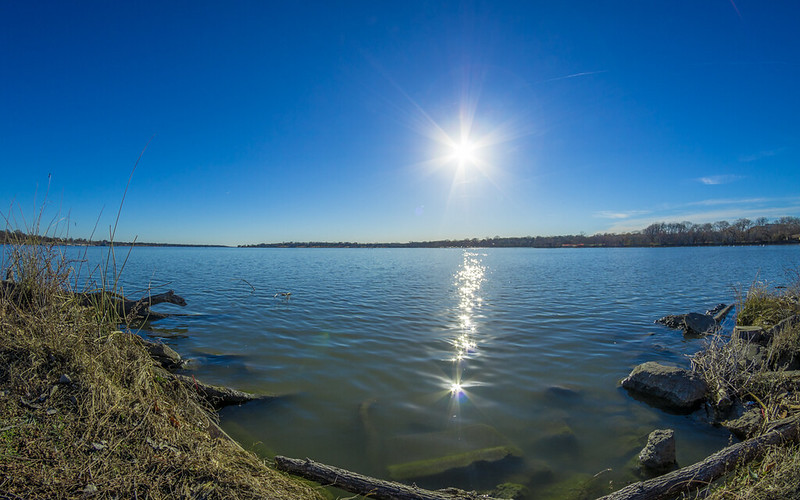



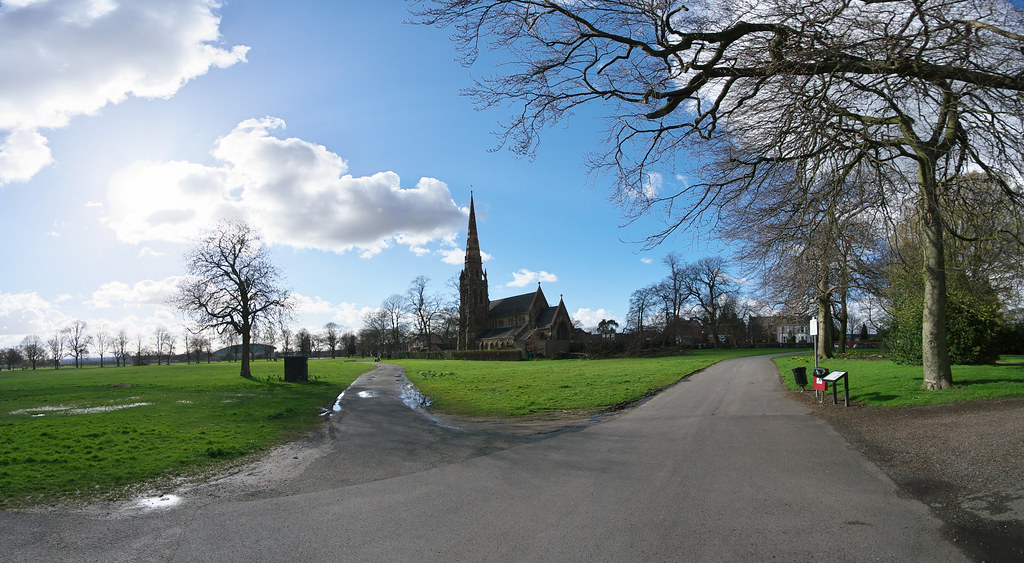
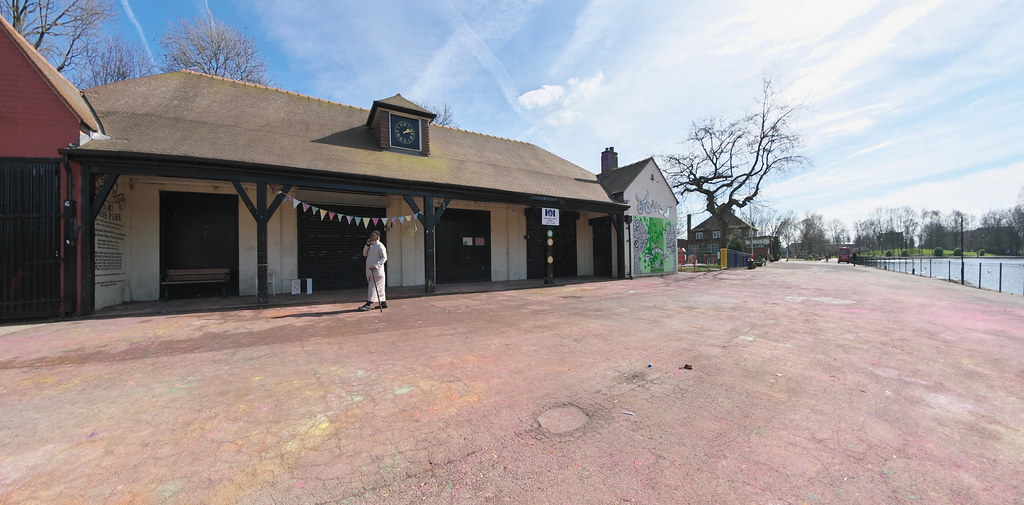

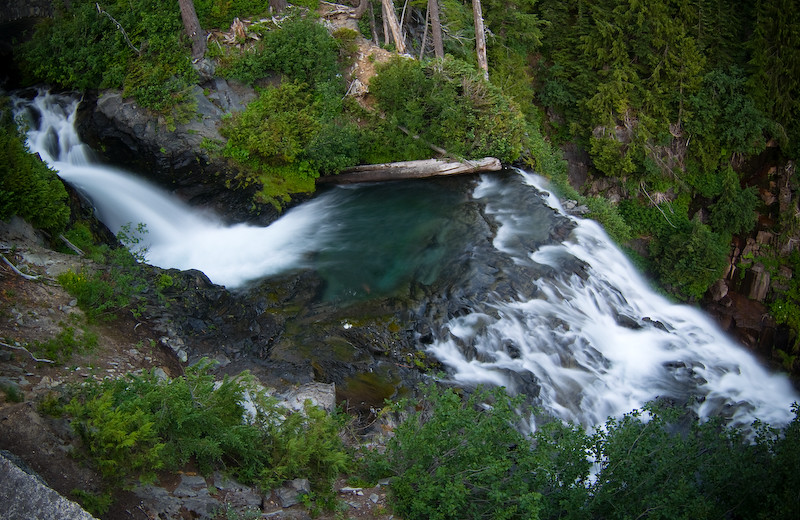


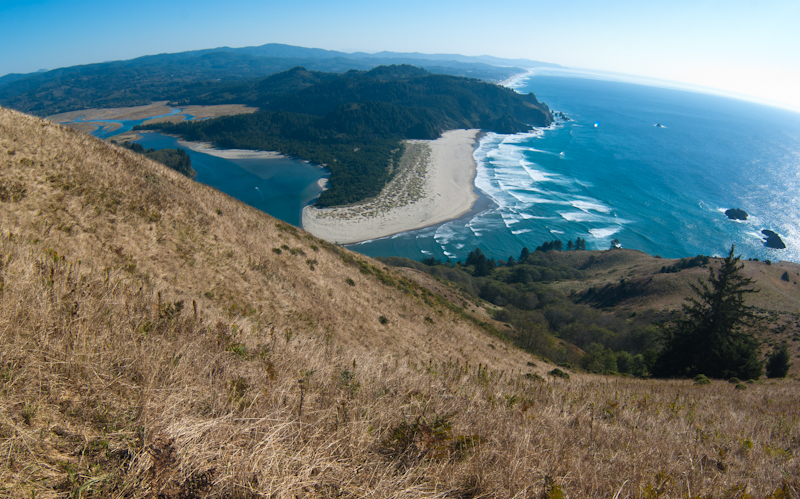
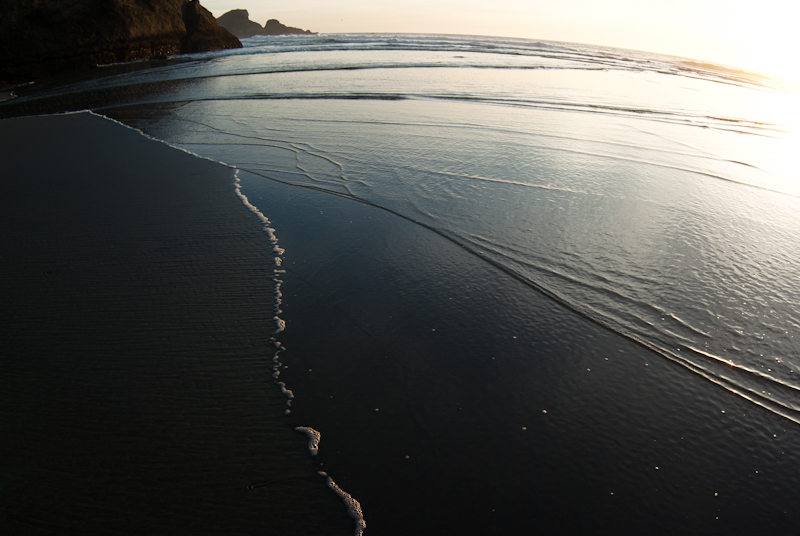
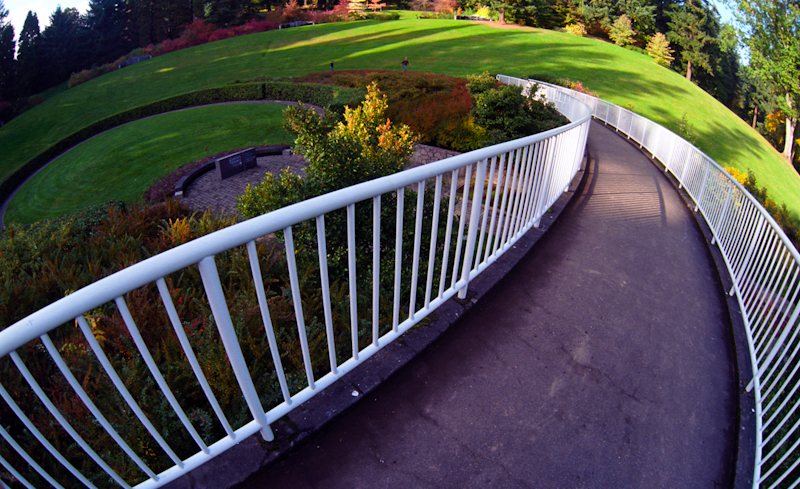

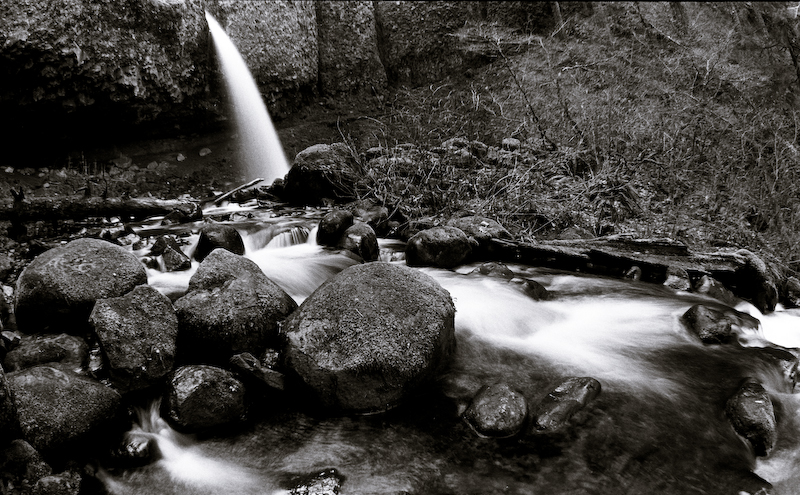
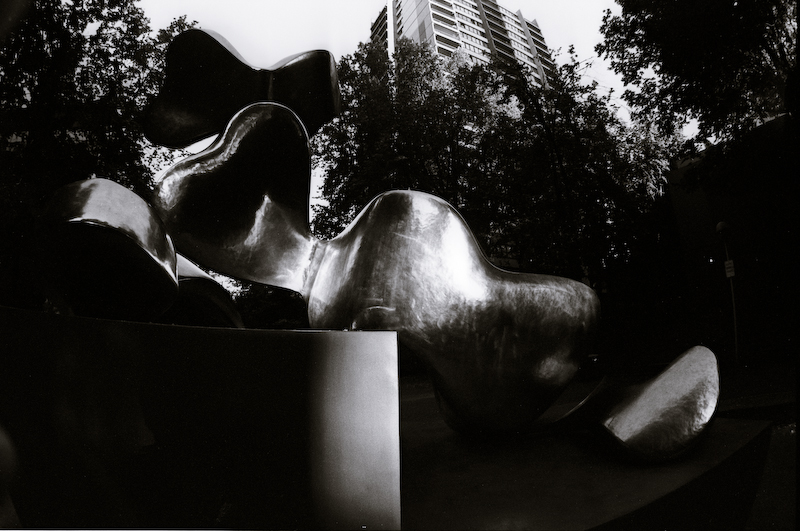


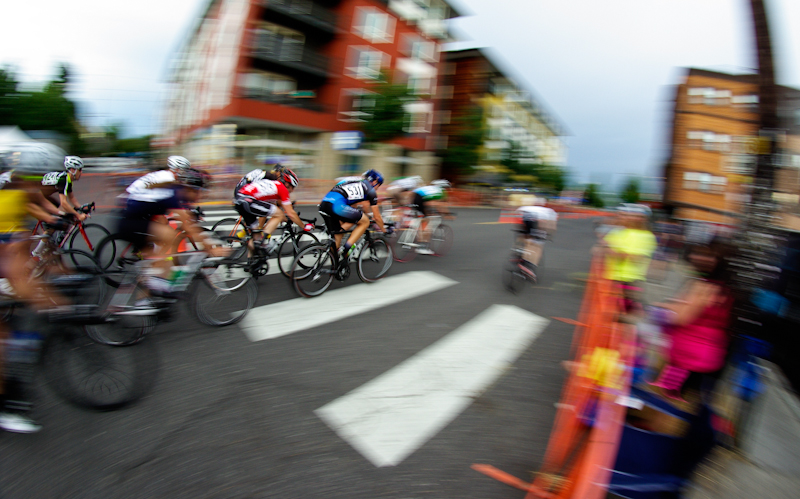
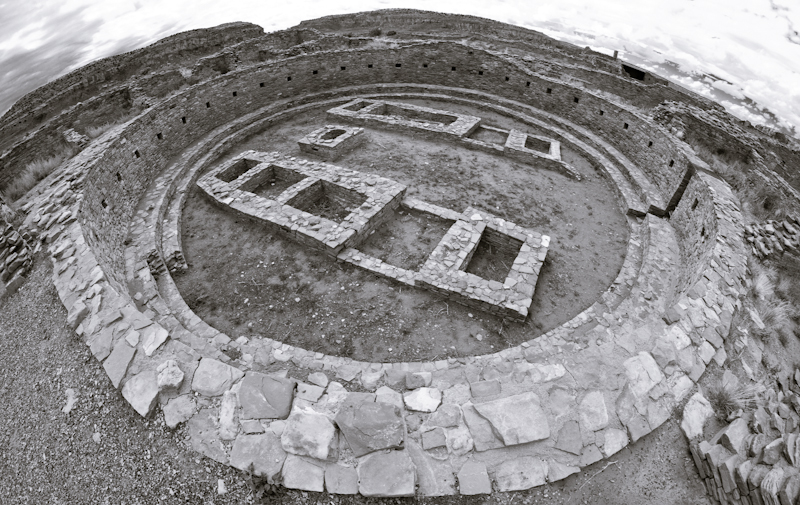





 Post #11 by stevebrot
Post #11 by stevebrot








